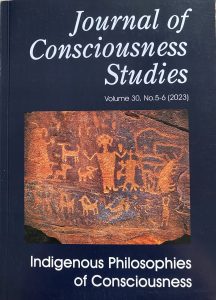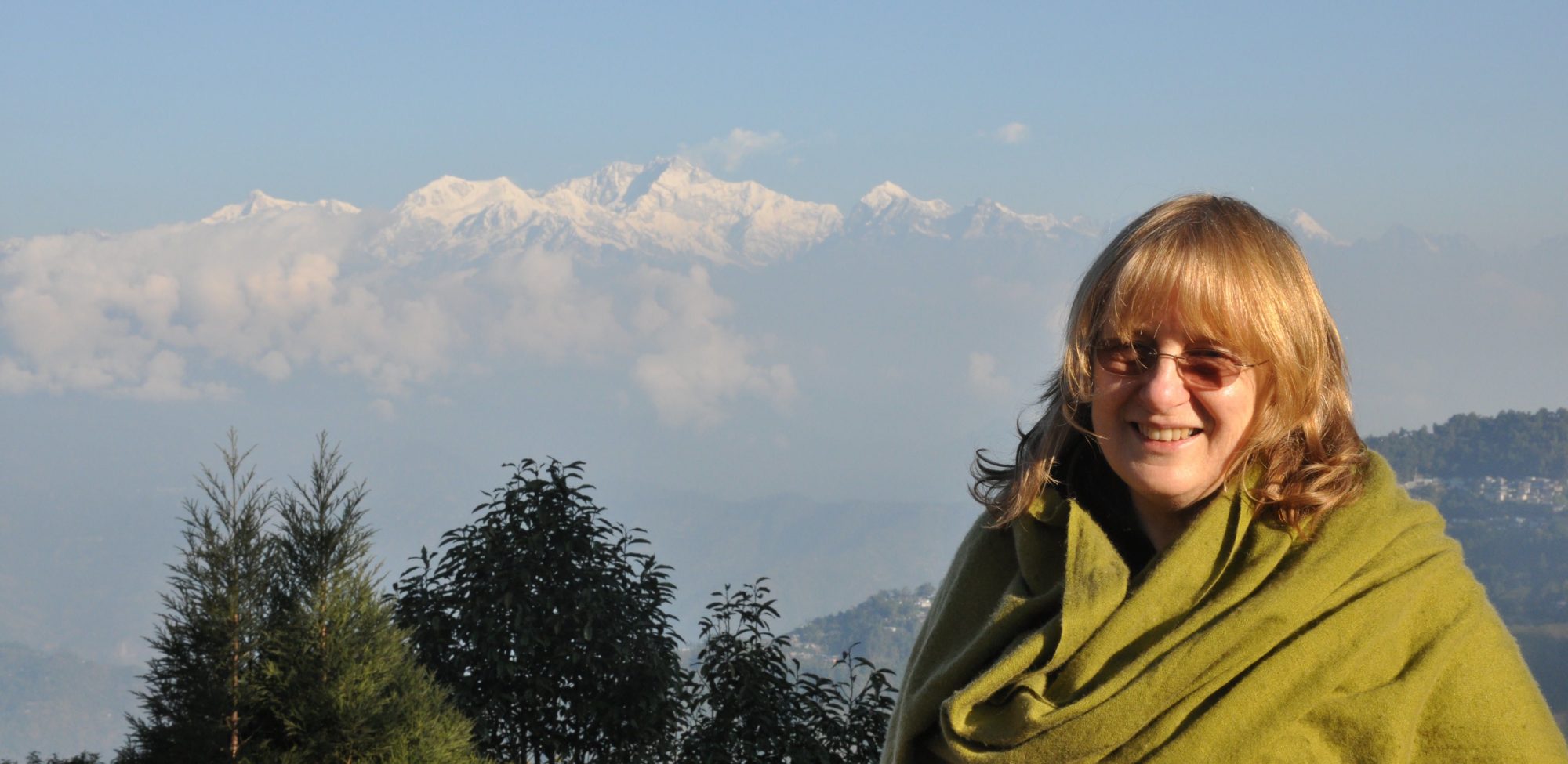Building Bridges of Communication: Seeking Conversation between Indigenous and Western Cultures through Magical Consciousness

My aim in this article is to further work on building bridges of communication between Indigenous and Western worldviews through ‘magical consciousness’, a pan-human participatory and analogical orientation of mind. In a bid to overcome the many cultural differences that have justified the discrimination and genocide of Indigenous peoples worldwide, and the near hegemony of a science based solely on logical knowledge, I seek by comparison a common ground for mutual understanding. Searching out similarities and differences between the world of the Dreaming of Paddy Compass Namadbara, an Australian ‘clever man’ of north-west Arnhem Land, and the prophetic mythologies of English eighteenth-century artist and poet William Blake, I suggest that it might be possible to find points of conversation and acceptance through stories and mythologies that could aid the healing of differences.
Click here for further details
ANTHROPOLOGY TODAY Vol 38 No 1 February 2022:
‘A Spectrum of Magical Consciousness: Conspiracy Theories and the Stories We Tell Ourselves’
Abstract
Magical thinking expressed in conspiracy theories is alive and well, as recent insurrection events at the US Capitol have shown, where alt-right White supremacist activists stormed the government waving Confederate flags and a noose to hang the vice president. This article suggests that such ‘magical consciousness’ is a pan-human mode of participatory awareness that plays out in a spectrum of various cultural situations with very different objectives and outcomes. While alt-right conspiracy theories are based in a fascistic, neo-Nazi, Christianized ‘blood and soil’ battle intent on fostering racial and social separatism, many contemporary British pagan practitioners of magic, for example, might use the same myths but with broadly inclusive meanings. At its most basic level, magical consciousness forms relationships between things created through myths and the stories people tell each other. Broadening the perspective, I suggest that anthropological theories might also be viewed as ‘stories’ in the form of frameworks guided by scientific analysis with their own changing history.
The Owl, the Dragon and the Magician: Reflections on Being an Anthropologist Studying Magic
This article documents the life of an anthropologist studying magic; it chronicles her trajectory of finding a place between the rationalized, analytically based academy on the one hand, and a life infused with spirits on the other. Not wanting to prioritize either critical thinking or the reality of a non-material world, Susan Greenwood shows how she has explored a magical terrain engaging sensory experiences, the imagination as a ‘doorway’ into an inspirited reality, and critical thinking through her anthropological work. Greenwood shows how she has negotiated often uncomfortable – but highly relevant – subjective and theoretical domains with the aim of not reducing or privileging one to the other. In the process she has sought to legitimize magic as an important aspect of knowledge that can bring academic – as well as individual – insights.
2011 Mark A. Schroll and Susan Greenwood ‘World views in collision – world views in metamorphosis: toward a multi-state paradigm.’ Anthropology of Consciousness 22 (1)
2011 ‘Reflections on Anne Boleyn’s Well’ Rhine Online Psi-News Magazine 3 (1)
2010 ‘Going native, being native: Adventures in the anthropology of western magic’. Treadwell’s ‘Research in Magic’ Seminar Series, Covent Garden, London. 14 April

